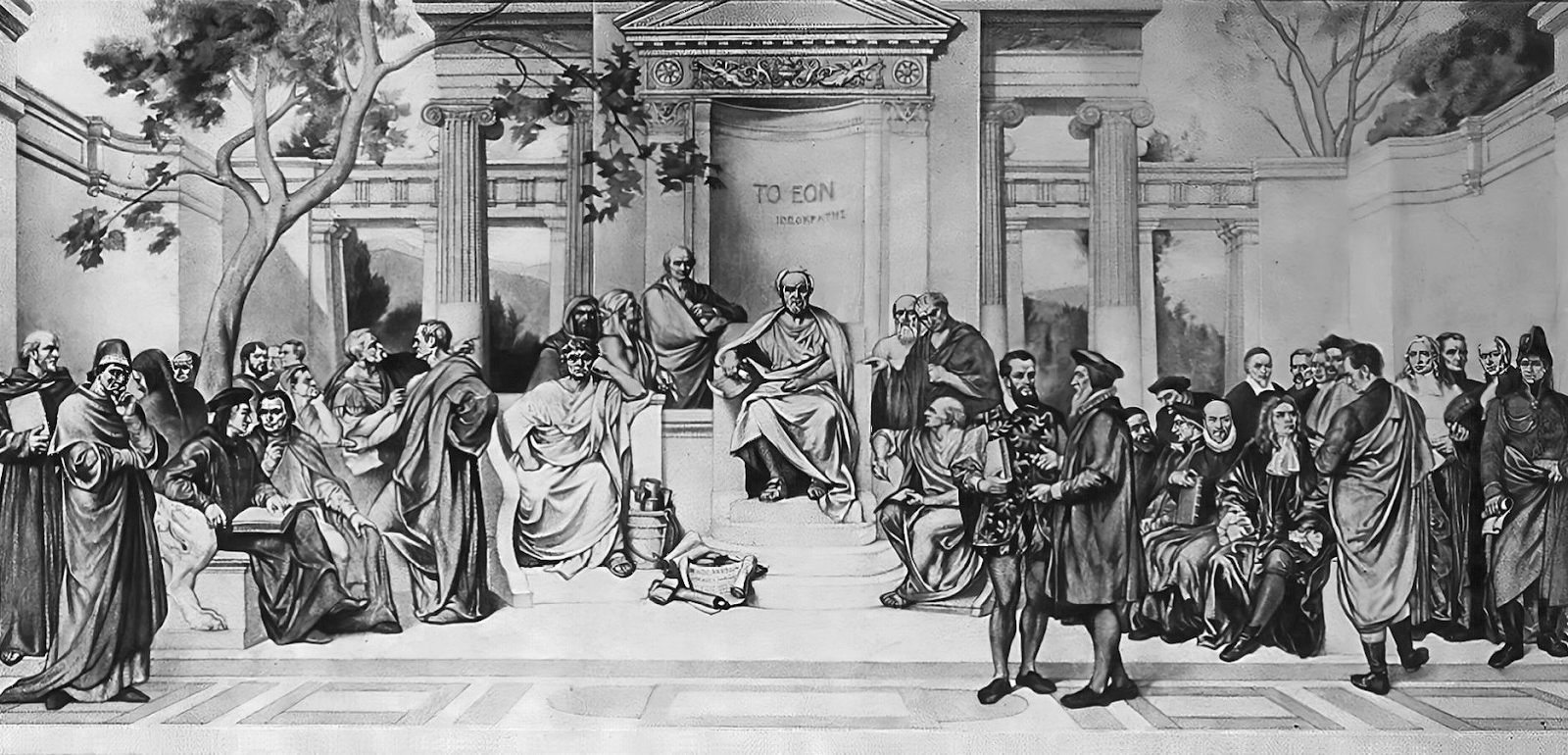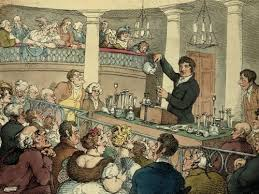
THE HOSPITAL FACILITIES 1. Planning and Feasibility Study The first and most crucial stage of creating a hospital is conducting a feasibility study. This study helps determine whether the project is viable, sustainable, and meets the needs of the target population. 1.1. Identifying Community Needs Before embarking on the project, it is essential to understand the healthcare needs of the community. This includes assessing the population size, prevalent diseases, existing healthcare services, and gaps in medical infrastructure. The hospital should aim to fill these gaps by providing services that are currently unavailable or insufficiently available. 1.2. Defining the Hospital’s Mission and Vision Once the needs are identified, defining the hospital’s mission and vision becomes the next step. The mission defines the hospital's purpose, while the vision outlines the long-term goals. For example, a hospital's mission might be to p...


